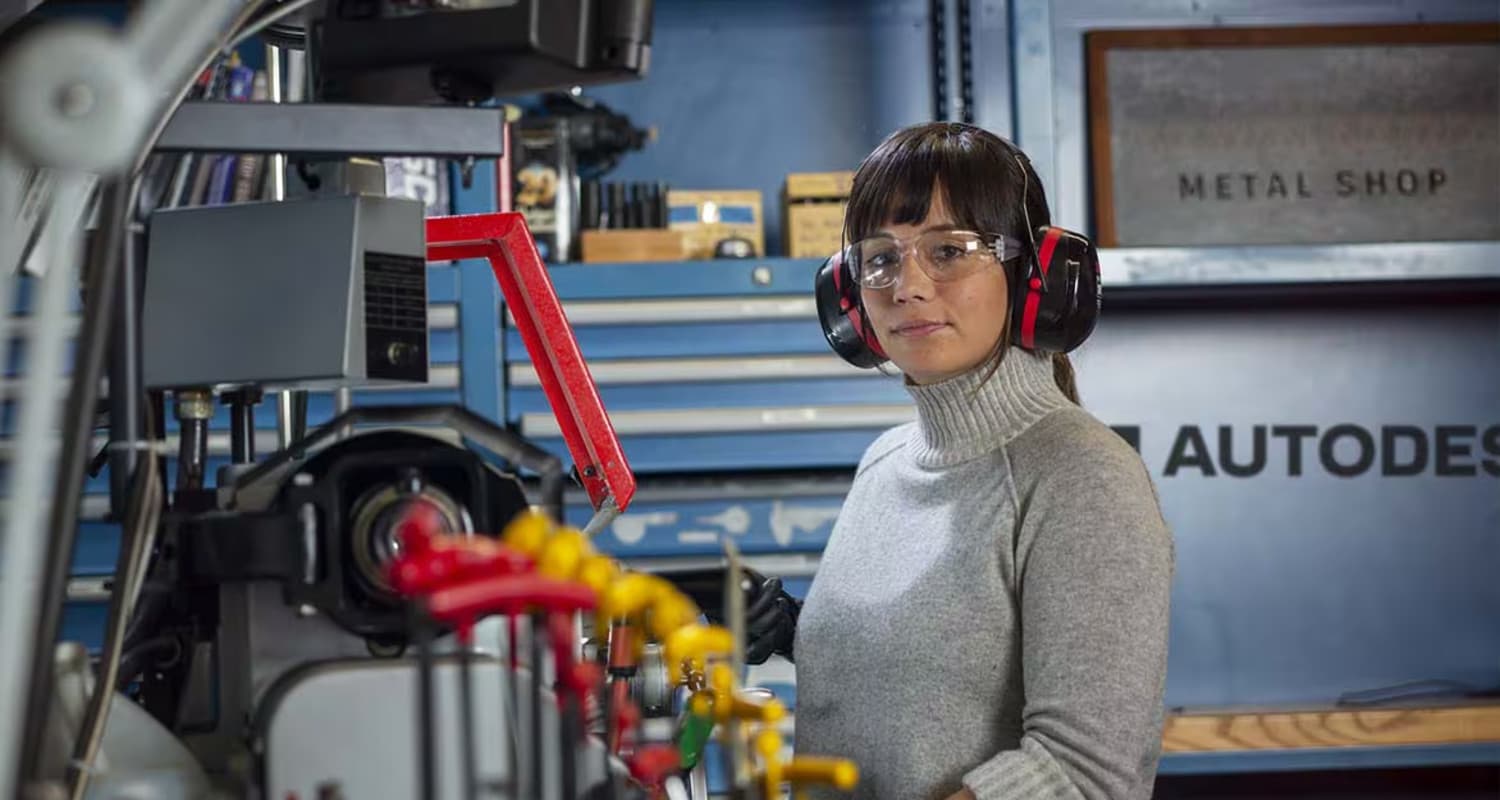Case StudyEnabling Team: Defining Good - Implementing Dual-Track Agile for Enhanced Collaboration at Autodesk
Autodesk's design and development teams faced significant challenges in aligning their work within agile processes. Initial attempts to integrate design work directly into the backlog alongside development tasks led to several issues. Designers struggled with velocity calculations and found themselves perpetually behind due to continuous redesigns at the end of each sprint. This disconnect between design and development hindered overall productivity and resulted in a fragmented workflow. Additionally, traditional usability testing methods were too slow and cumbersome, failing to keep up with the fast-paced nature of agile development.

The Solution
Implementing dual-track agile allowed Autodesk's team to improve coordination between design and development, fostering a more integrated and responsive process. By restructuring their approach, they addressed both the planning and execution aspects of their projects more effectively.
- Unified Teams: Both designers and developers were placed on the same team, ensuring that insight was shared continuously. This prevented the "throwing over the wall" mentality and facilitated collaborative problem-solving.
- Concurrent Tracks: Design and development tasks were managed in parallel but distinct tracks. Designers focused on user research and prototyping while developers worked on building and testing features. This ensured that design insights informed development without causing delays.
- Iterative UX Practices: Usability testing was adapted to be more iterative and agile. Instead of waiting for fully developed prototypes, the team conducted frequent, smaller tests using quick-and-dirty prototypes. This provided faster feedback and allowed for continuous improvement.
- Inclusive Practices: The team adopted meeting practices that encouraged individual contributions before group discussions. This ensured that diverse opinions were heard and respected, leading to better decision-making.
- Effective Scrum Masters: Choosing dedicated and passionate scrum masters was crucial. They ensured that the agile process was followed rigorously and that the team remained focused on continuous improvement.
Outcomes achieved
The transition to dual-track agile not only streamlined workflows but also enhanced the collaborative culture within the team. This shift demonstrated the power of structured yet flexible processes in achieving better business outcomes.
- Improved Velocity and Efficiency: By separating discovery and delivery tracks, the team was able to maintain a steady development pace without overburdening designers. This led to more accurate velocity calculations and timely deliveries.
- Higher Quality Products: The iterative usability testing approach ensured continuous user feedback, allowing the team to make informed design decisions and improve product quality incrementally.
- Enhanced Collaboration: Unified teams and inclusive practices fostered a culture of mutual respect and collaboration. Developers and designers worked together more effectively, leveraging each other's expertise.
- Better Decision-Making: Encouraging diverse opinions and ensuring that all voices were heard led to more comprehensive and well-rounded decisions. This inclusivity was key to the team's success.
- Effective Agile Practices: With dedicated scrum masters, the team adhered more closely to agile principles, ensuring that processes were followed and improved upon continuously. This resulted in a more disciplined and productive workflow.
